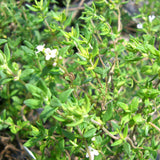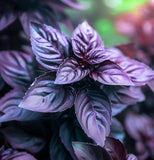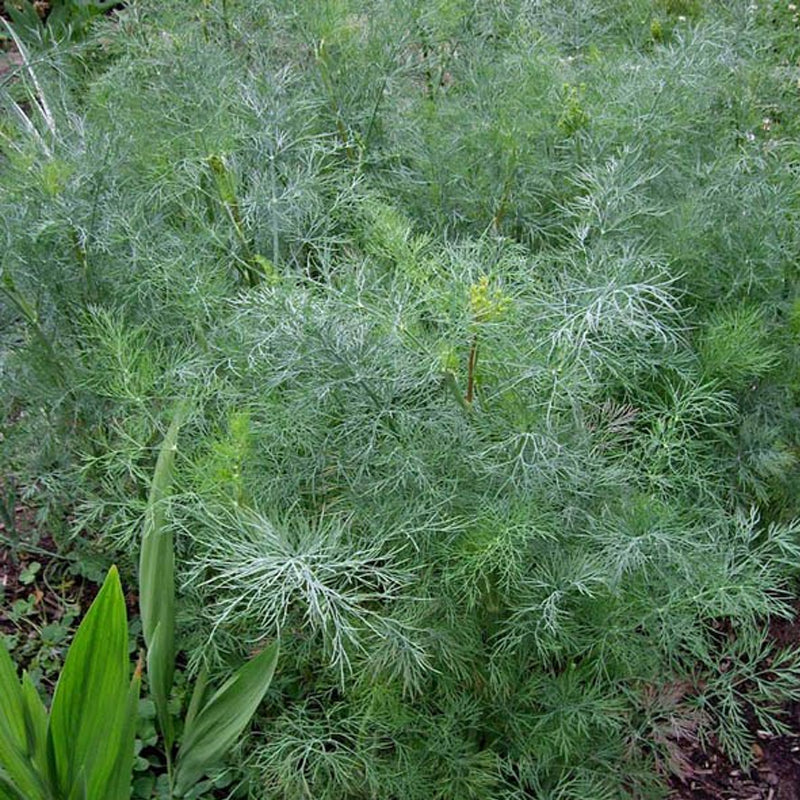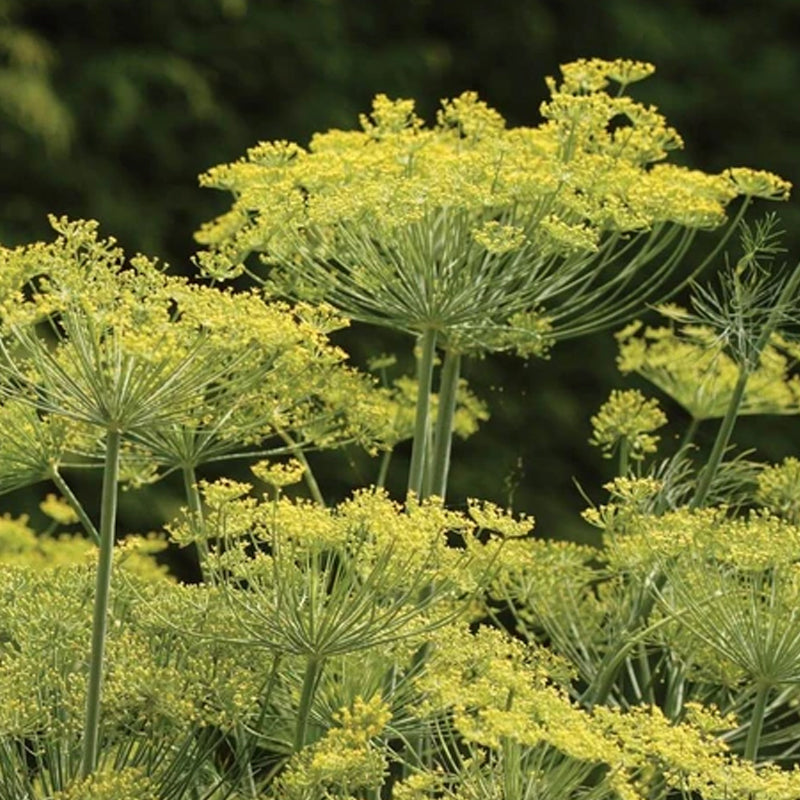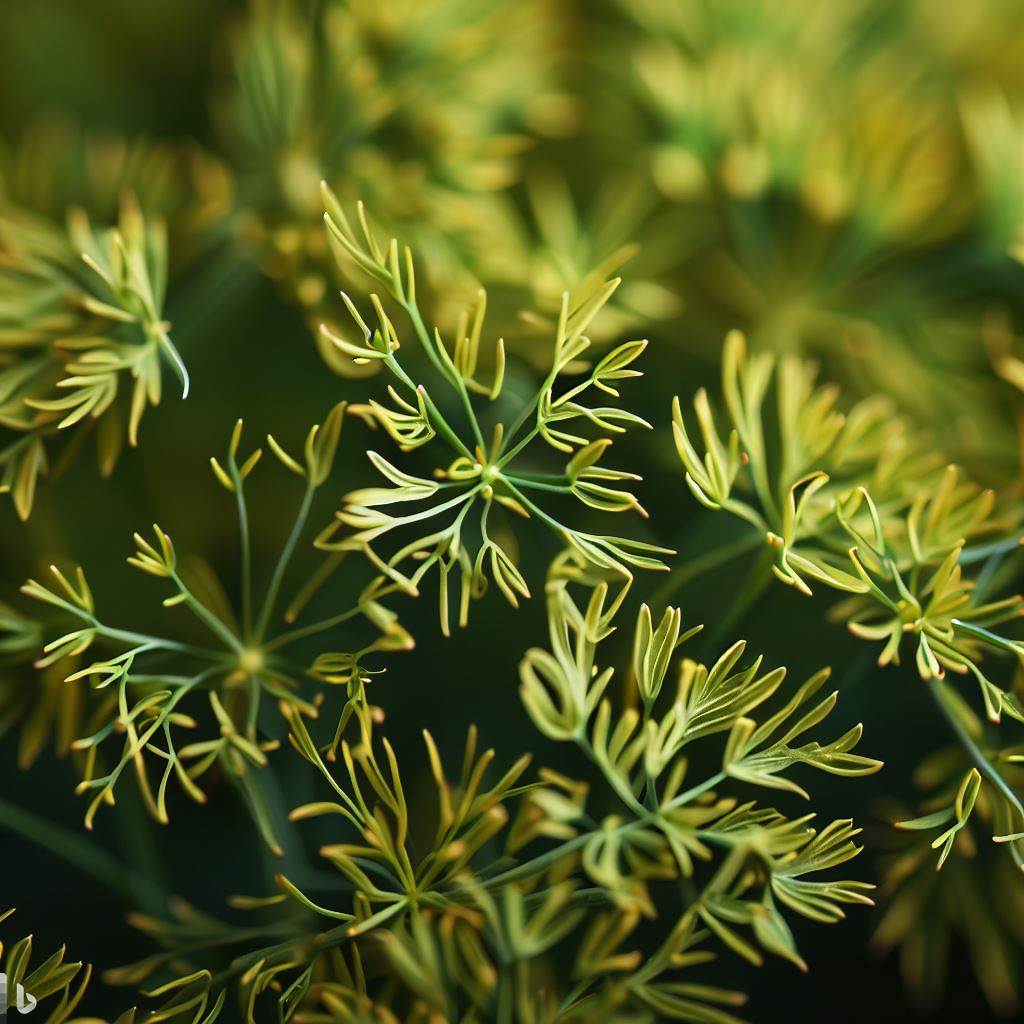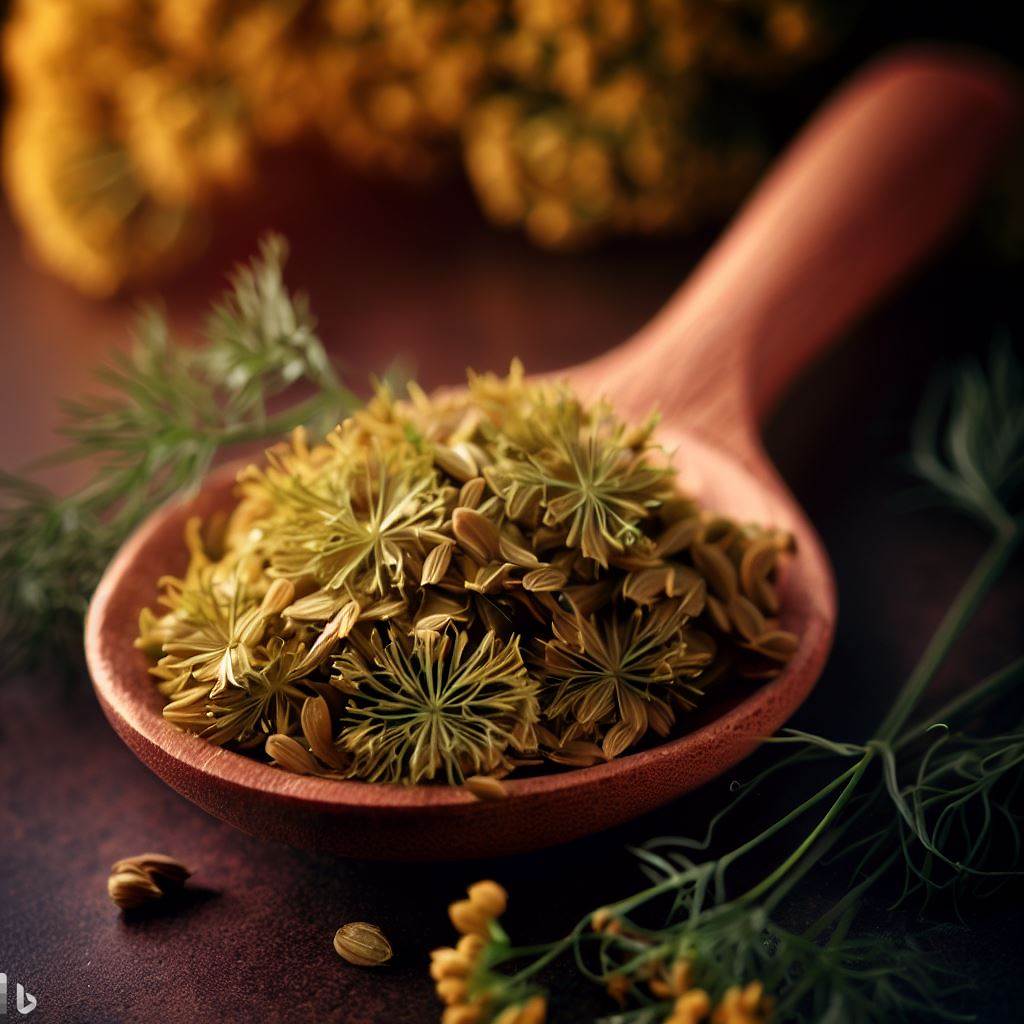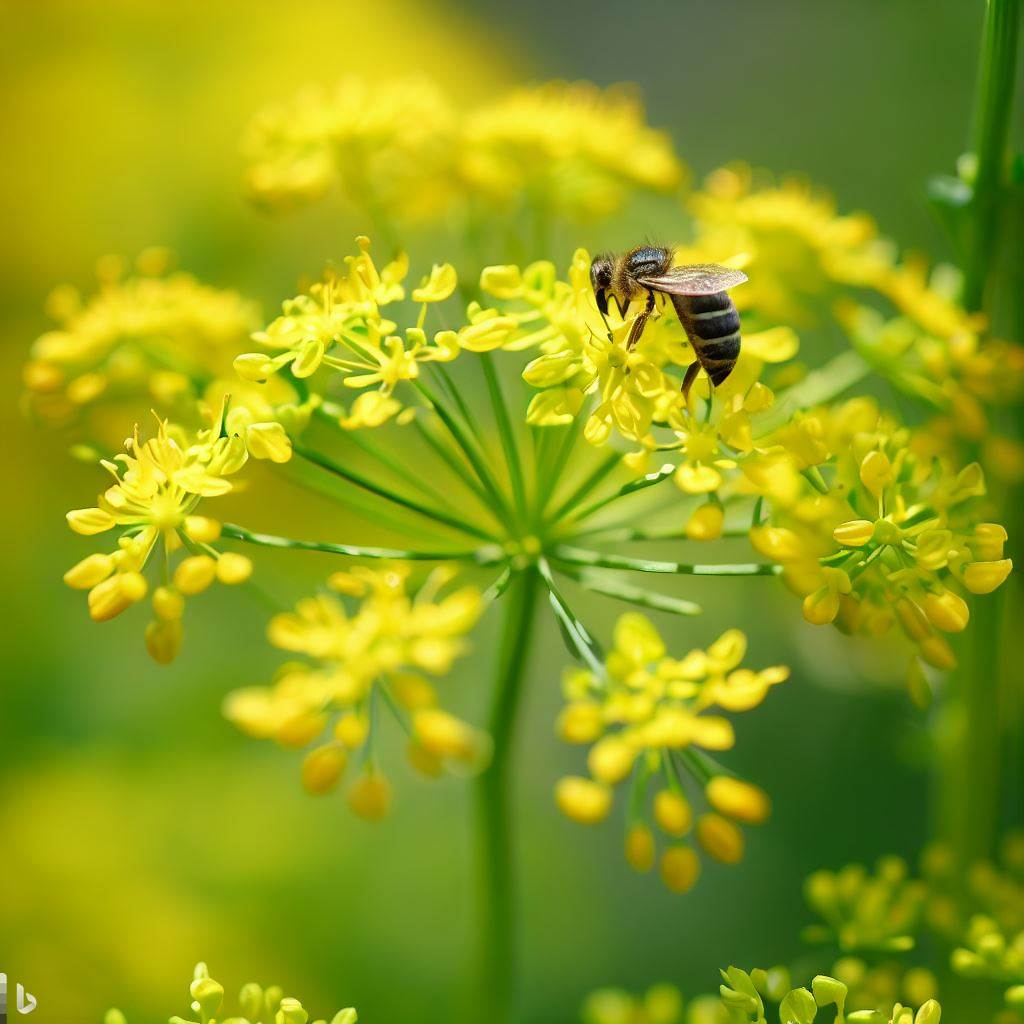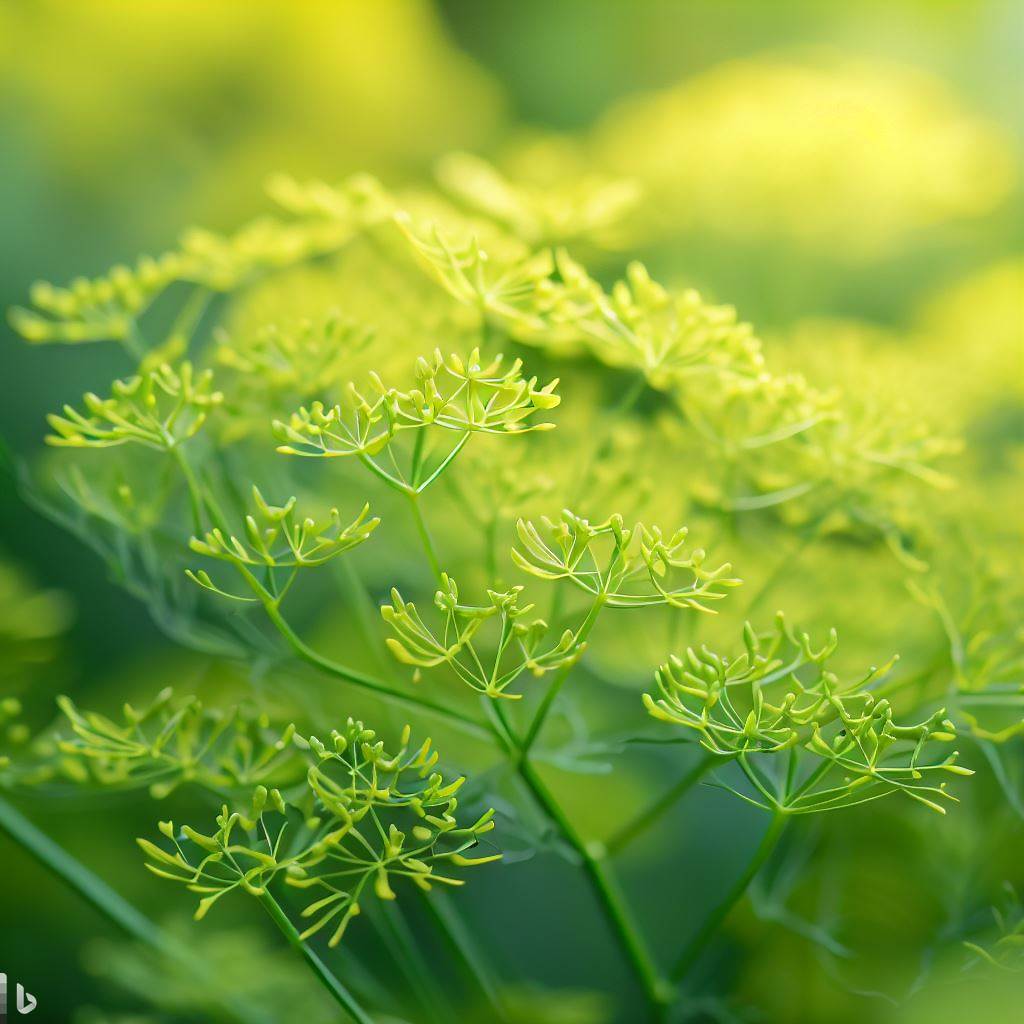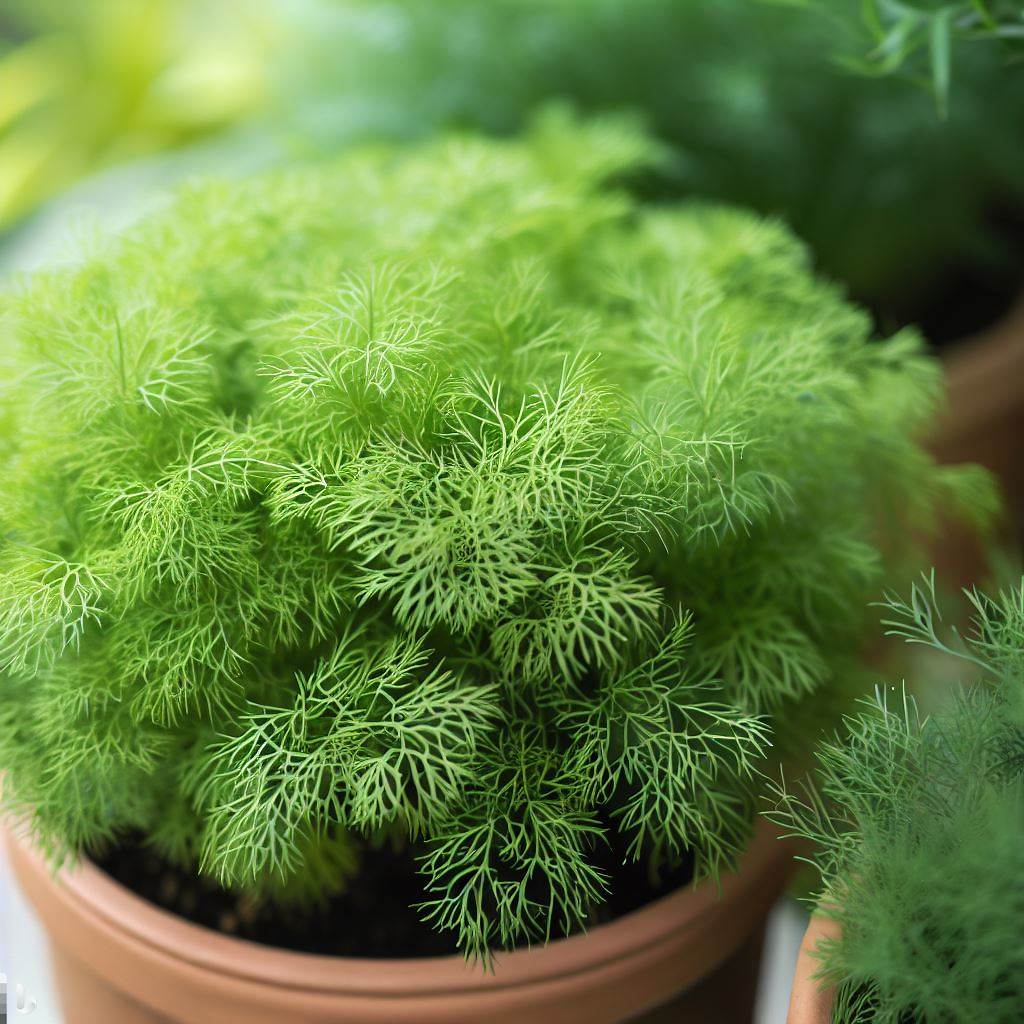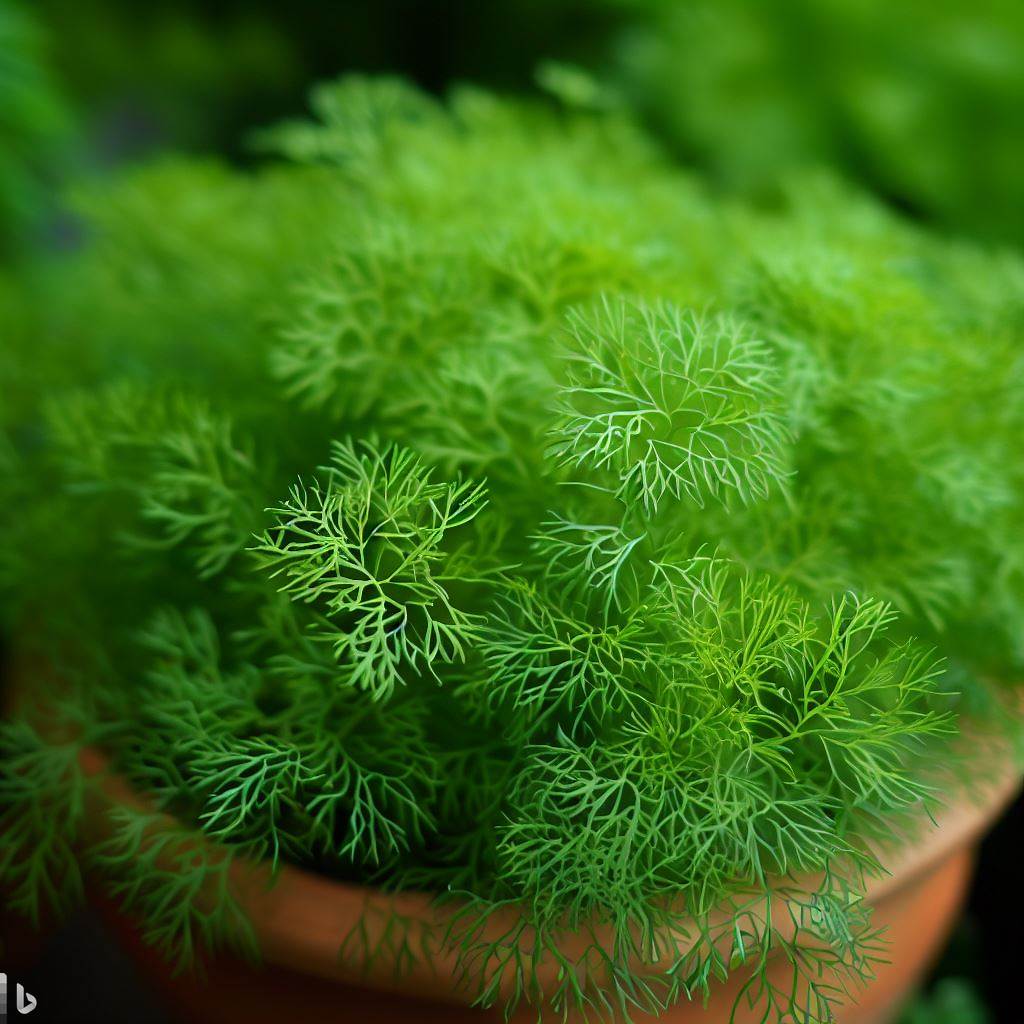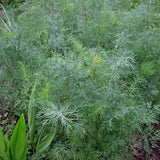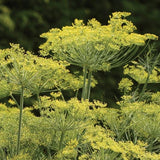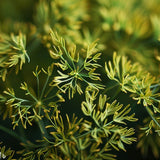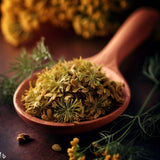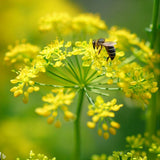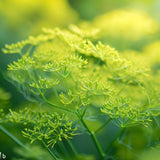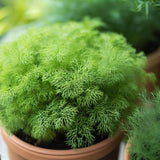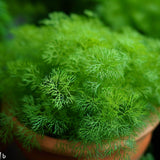Dill, Dukat (Anethum graveolens)
Dill, Dukat (Anethum graveolens) is a variety of dill known for its flavorful foliage and aromatic qualities. It is an herb from the Apiaceae family, and its feathery leaves and seeds are widely used in culinary applications for their distinct taste and fragrance.
Appearance: Dill, Dukat plants typically reach a height of about 2 to 3 feet (60 to 90 cm). The herb has finely divided, delicate leaves that are bright green in color. The leaves grow on long, slender stems, giving the plant an airy appearance. Dill produces clusters of small yellow flowers that eventually turn into seeds.
Culinary uses: The leaves and seeds of Dill, Dukat are both used in cooking. The leaves have a fresh, herbaceous flavor with a hint of sweetness and a slight tanginess. They are commonly used as a seasoning or garnish for various dishes, including salads, soups, sauces, fish, and vegetables. Dill leaves are also a key ingredient in pickling recipes, providing a distinctive flavor. The seeds have a stronger flavor and are often used in bread, pickles, and spice blends.
Growing requirements: Dill, Dukat is relatively easy to grow and can be cultivated in gardens, containers, or herb beds. It prefers full sun but can tolerate some partial shade. The herb thrives in well-drained soil and benefits from regular watering to maintain moisture. Dill is an annual herb that readily self-seeds, allowing it to regrow in subsequent seasons.
Cultivation: Dill, Dukat can be grown from seeds, which are sown directly into the soil in spring after the last frost. The seeds germinate quickly, and the plants grow rapidly. To encourage continuous leaf production, it is advisable to succession plant by sowing seeds every few weeks. Harvesting can be done by snipping off the fresh leaves as needed. For seed production, allow the flowers to fully mature and dry on the plant before collecting the seeds.
Health benefits: Dill is known for its potential health benefits. It contains vitamins, minerals, and antioxidants that may contribute to overall well-being. Dill is believed to aid digestion, alleviate flatulence, and have antimicrobial properties. It is also considered a good source of dietary fiber.
Dill, Dukat, with its aromatic foliage and versatile flavor, is a sought-after variety for both gardeners and cooks. Whether used fresh, dried, or in the form of seeds, it adds a distinct taste and fragrance to a wide range of dishes, making it a popular herb in various culinary traditions.
Botanical name : Anethum graveolens
Common name : Dill, Dukat
Life cycle : Annual
Days to maturity : 60
Light requirement : Full sun
Planting time : Spring/Summer
Sowing method : Direct sow
Planting depth : ¼”- ½”
Plant spacing : 8”-12”
Ships : Year-round
Average seed per ounce : Approx. 20,000

